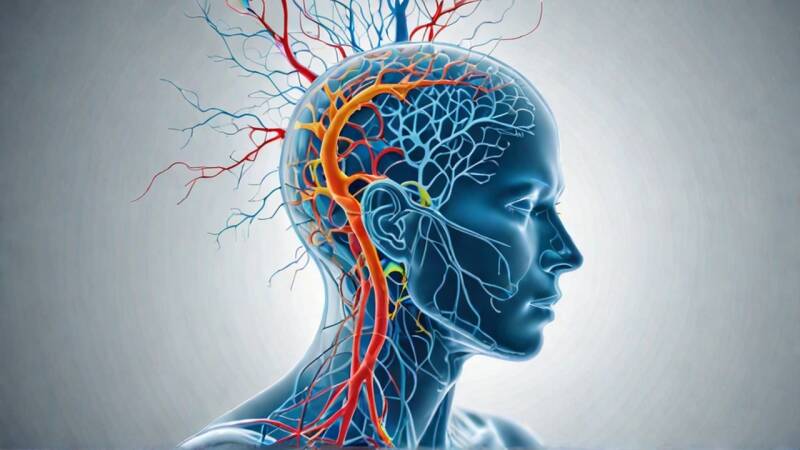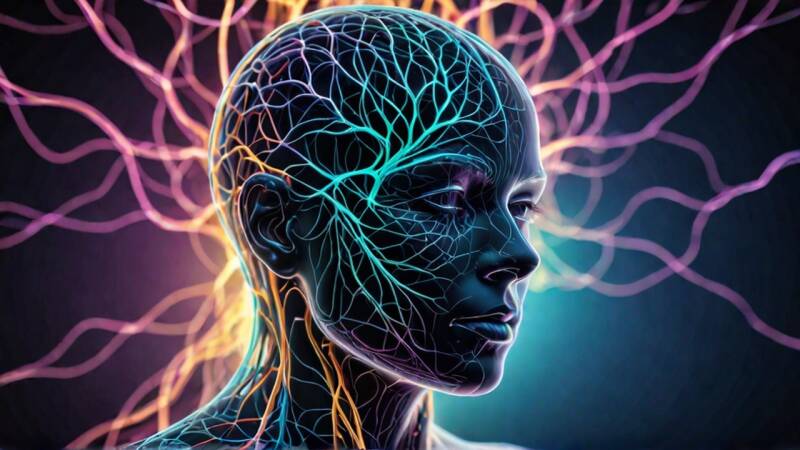
Automation vs Compensation
Automation: Physiological processes occurring spontaneously, without conscious effort, enabling seamless function.
Compensation: A counterbalancing mechanism that masks dysfunction but reflects underlying imbalance.
Adaptation: Adjustment to altered conditions, often at the expense of optimal function.
Automation and Human Function
When the body is operating in full automation, symptom patterns are absent and physiological performance appears effortless. Under this state, anatomical landmarks are symmetrical, structural grounding is maintained, weight is evenly distributed, craniofacial landmarks align, and all body systems remain integrated and online. From an anatomical, neurological, pathological, and physiological perspective, this represents the highest level of human performance—excluding, of course, variables such as hydration status, acute trauma, or genetic predisposition.
By contrast, operating in compensation reflects disrupted automation, where symptoms manifest and daily function becomes more difficult. True automation requires that all glands, organs, and systems operate within normal ranges, maintaining stable equilibrium across the organism.
Disruptors of Automation Potential
Several interdependent factors may compromise automation, including but not limited to:
Sutural compressions influencing glandular function.
Impaired cortical communication between hemispheres.
Dysregulation among the twelve cranial nerves and soma.
Disrupted microRNA (miRNA) signaling.
Emotional stressors altering homeostatic balance.
Active infections (viral, bacterial, or parasitic).
Birth-related trauma inhibiting symmetrical tensegrity.
Inflammation underlying arthritic presentations.
Insufficient stem cell renewal within glands.
Atrial–ventricular desynchronization.
Gait asymmetry and impaired action potentials.
Vestibular dysfunction (horizontal or vertical).
Recurrent spinal malalignment without correction of root cause.
Imbalanced reciprocity of spinal segments.
Peripheral joint dysfunction due to uneven tension across muscles, ligaments, tendons, and fascia.
Disrupted neurological signaling pathways.
Symptom patterns are thus evidence that automation is absent, and optimal potential cannot be achieved until automation is restored.
The Restoration of Automation
Wellness practices may support general health, but they do not re-establish automation. Restoration requires congruence between the brain and all neurological, physiological, emotional, and pathological patterns. Only when the central nervous system recognizes and corrects disrupted signaling circuits can automation—and thereby optimal function—be reestablished.
Automation vs. Compensation and Adaptation
While compensation and adaptation may allow survival under suboptimal conditions, they do not equal automation. Adaptations, in particular, generate stress across multiple systems, leading to ongoing dysfunction.
"Ultimately, only automation—governed by precise central nervous system regulation—represents the state of effortless, integrated, and optimal human function."
